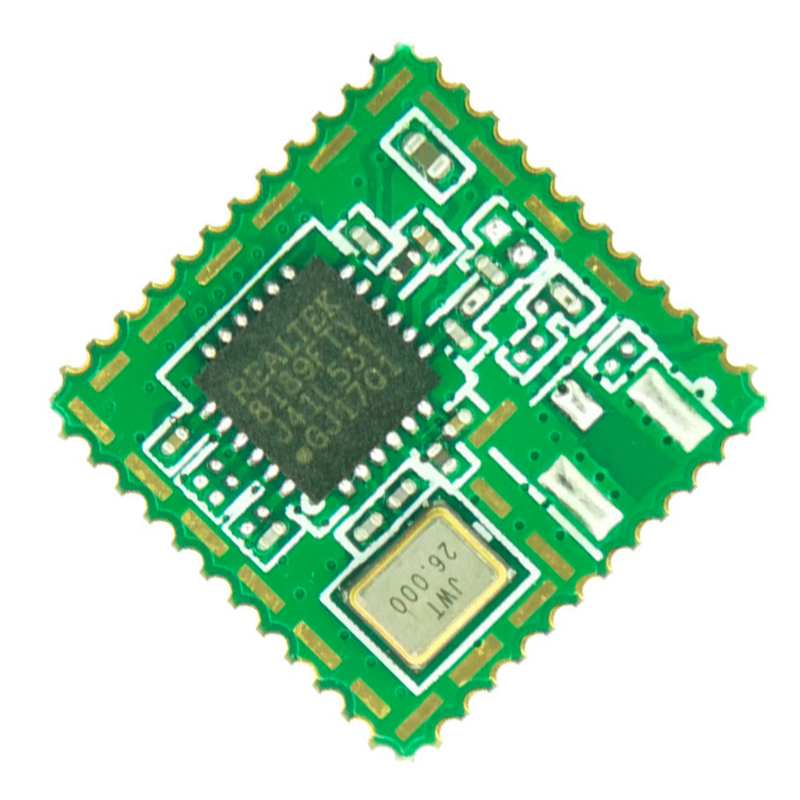
With the rapid advancement in technology, WiFi modules have become an integral part of our daily lives. As we move towards the next generation of WiFi, exciting new developments are on the horizon. In this article, we will delve into the future of WiFi modules and what we can expect in the coming years.
One of the most anticipated advancements in next-generation WiFi modules is the significant increase in speeds and bandwidth. This means faster internet connections and improved streaming experiences. As demands for data-intensive applications such as virtual reality, 4K video, and IoT devices continue to grow, WiFi modules will need to keep up with the increasing demands for faster and more reliable connections.
Next-generation WiFi, often referred to as WiFi 6 or 802.11ax, promises to deliver speeds of up to 10 gigabits per second (Gbps). This is a massive leap from the previous standard, WiFi 5 or 802.11ac, which offered speeds of up to 1.3 Gbps. With this exponential increase in speed, users can expect seamless connectivity and lag-free online experiences.
Another crucial aspect of next-generation WiFi modules is improved spectral efficiency. With the increasing number of devices connected to WiFi networks, the spectrum has become congested, leading to slower speeds and degraded performance. WiFi 6 addresses this issue by utilizing advanced modulation techniques and new technologies like Orthogonal Frequency Division Multiple Access (OFDMA) and Multi-User Multiple Input Multiple Output (MU-MIMO).
OFDMA allows WiFi networks to divide a channel into smaller sub-channels, enabling multiple devices to transmit data simultaneously. This greatly enhances efficiency and reduces latency, especially in crowded environments. MU-MIMO, on the other hand, enables routers to communicate with multiple devices simultaneously, improving throughput and overall network performance.
As the number of connected devices continues to grow, ensuring the security and privacy of WiFi networks has become paramount. Next-generation WiFi modules come equipped with enhanced security features to protect against emerging threats.
One notable security improvement is the introduction of the Wi-Fi Protected Access 3 (WPA3) protocol. WPA3 offers stronger encryption and more robust authentication mechanisms, making it significantly harder for attackers to crack password-based security. Additionally, WiFi 6 supports the latest security standards, including Transport Layer Security (TLS) encryption, further ensuring the integrity of data transmitted over WiFi networks.
Next-generation WiFi modules are designed to be more power-efficient, addressing the increasing demand for IoT devices and battery-powered devices. WiFi 6 introduces a new feature called Target Wake Time (TWT), which enables devices to schedule their WiFi communication, resulting in reduced power consumption.
With TWT, devices can specify specific times when they need to wake up and transmit data, allowing them to spend more time in a low-power sleep state. This feature is particularly useful for IoT devices that are constantly connected to WiFi networks, as it helps conserve energy and prolong battery life.
Finally, next-generation WiFi modules aim to provide seamless integration and interoperability across a wide range of devices. WiFi 6 is backward compatible with previous WiFi generations, ensuring that older devices can still connect to and benefit from the new standard.
Moreover, WiFi 6 introduces improved coordination between access points in a network, allowing devices to smoothly transition between access points without experiencing interruptions or drops in connectivity. This is particularly beneficial in large, crowded environments such as stadiums or shopping malls.
In conclusion, next-generation WiFi modules hold immense potential to revolutionize our connectivity experiences. With faster speeds, improved spectral efficiency, enhanced security, better power efficiency, and seamless integration, WiFi 6 is set to provide a new era of wireless connectivity. As technology continues to evolve, we can expect these advancements to reshape how we interact with the digital world.
 Trolink Joint With Tuya to Make Iot Benefit Every Family
Trolink Joint With Tuya to Make Iot Benefit Every Family
 5 Key Indicators for WiFi Module Selection You Have to Know !
5 Key Indicators for WiFi Module Selection You Have to Know !
 IOT module is the brain of smart products
IOT module is the brain of smart products
 What is the signal coverage range of the WiFi module chip?
What is the signal coverage range of the WiFi module chip?